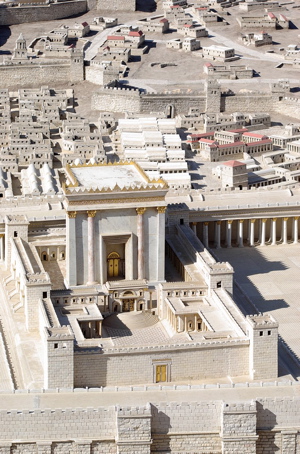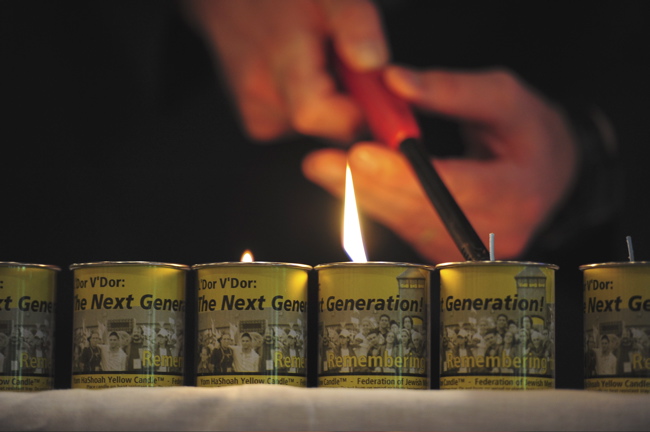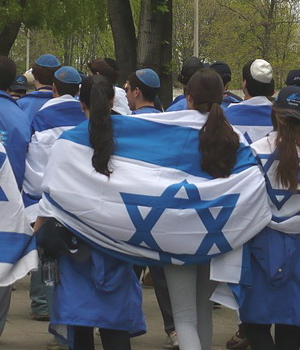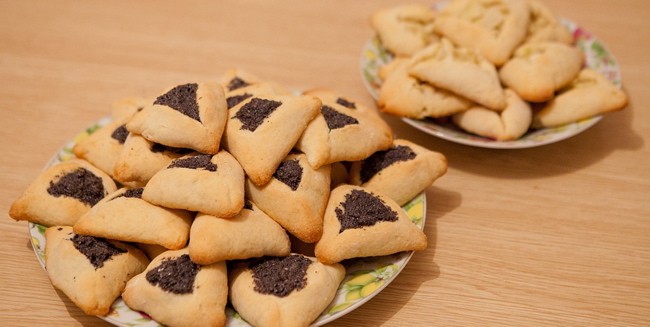
Herod’s Temple as imagined in the Holyland Model of Jerusalem, at the Israel Museum in Jerusalem. During the Three Weeks, Jews mourn the destruction of the First and Second Temples. Photo courtesy of Wikimedia Commons
SUNSET SATURDAY, JUNE 29: Beginning on the 17th of the month of Tammuz, and ending on Tisha B’Av, Jews lament the destruction of the First and Second Temples and historical misfortunes of the Jewish people: A solemn period, including a time of fasting, begins for Jews around the world in a tradition known as “the Three Weeks.” Each day is met with a higher degree of lamentation than the last with the exception of Shabbat. There is also great hope, however, in this time of sadness: As the past and present are examined, Jews look to the future.
During the Three Weeks, traditionally observant Jews refrain from holding weddings, listening to music, celebrating in public, embarking on trips, having hair cut or shaved, and wearing new clothing. Learn more from Aish.com. A fast is undertaken on the 17th of Tammuz and on the Ninth of Av. (For guides, stories, multimedia and more, visit Chabad.org.) The period is known as “within the straits,” or “between the straits,” from the Book of Lamentations.
A TIME TO STUDY TORAH, DO GOOD
According to traditional texts: The Three Weeks encompasses the days when the walls of Jerusalem were breached by the Romans and both Temples were destroyed. The holy Temple that had stood in Jerusalem for 830 years was destroyed. This is also a period when Jews recall Moses breaking the original Ten Commandments.
During this three-week period, Jews try to increase good deeds and charitable works, while intensifying Torah study.



